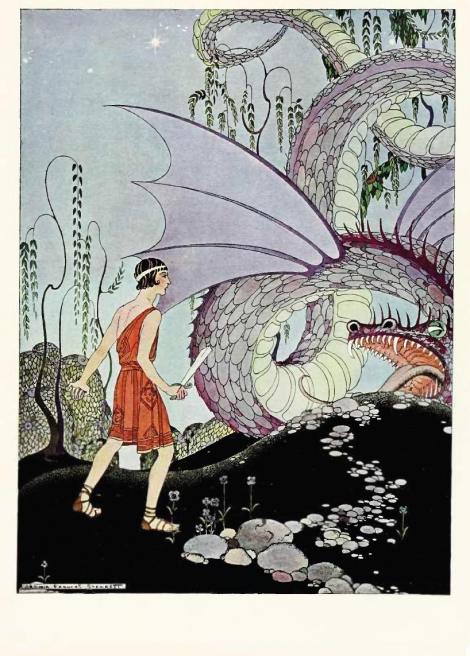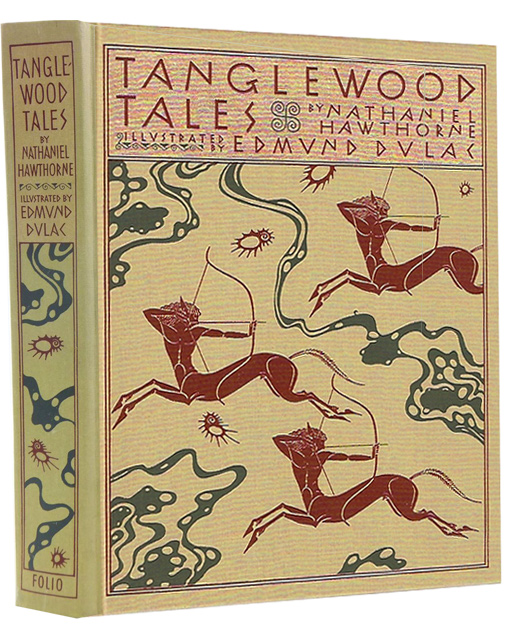
Tangle wood tales
The objectional characteristics seem to be a parastical growth, having no essential connection with the original fable. “But Eustace told me that these myths were the most singular things in the world, and that he was invariably astonished, whenever he began to relate one, by the readiness with which it adapted itself to the childish purity of his auditors. Hawthorne explains that although the stories are old fables, they are universal and relatable to children: Unlike A Wonder Book for Girls and Boys, these stories are not narrated by the fictional character Eustace Bright, as the previous book was, and are individual stories told on their own, although in the introduction Hawthorne says that it was Eustace Bright who gave him these stories. Published in 1853 as a sequel to A Wonder Book for Girls and Boys, this children’s book is also a collection of Greek myths.



